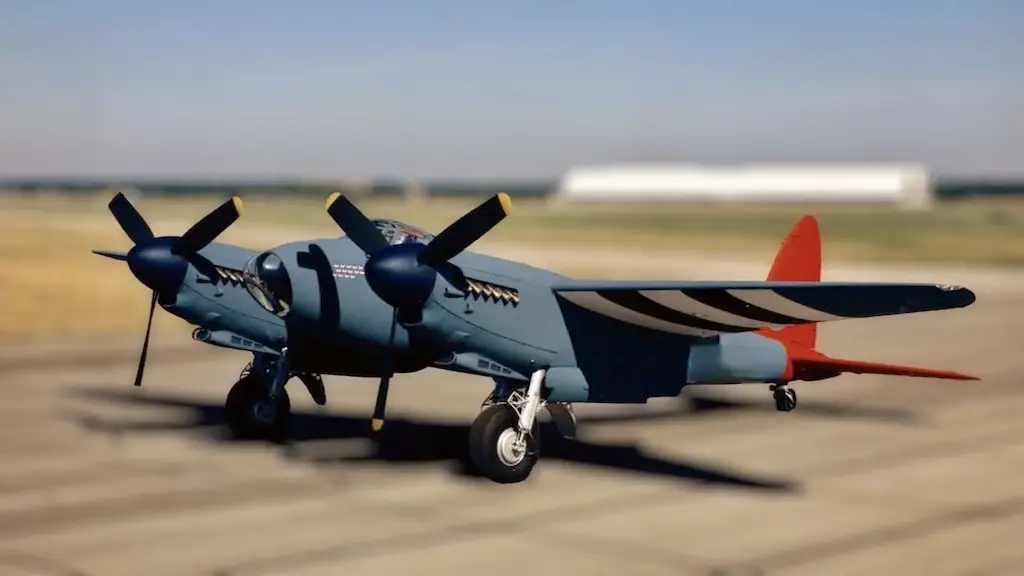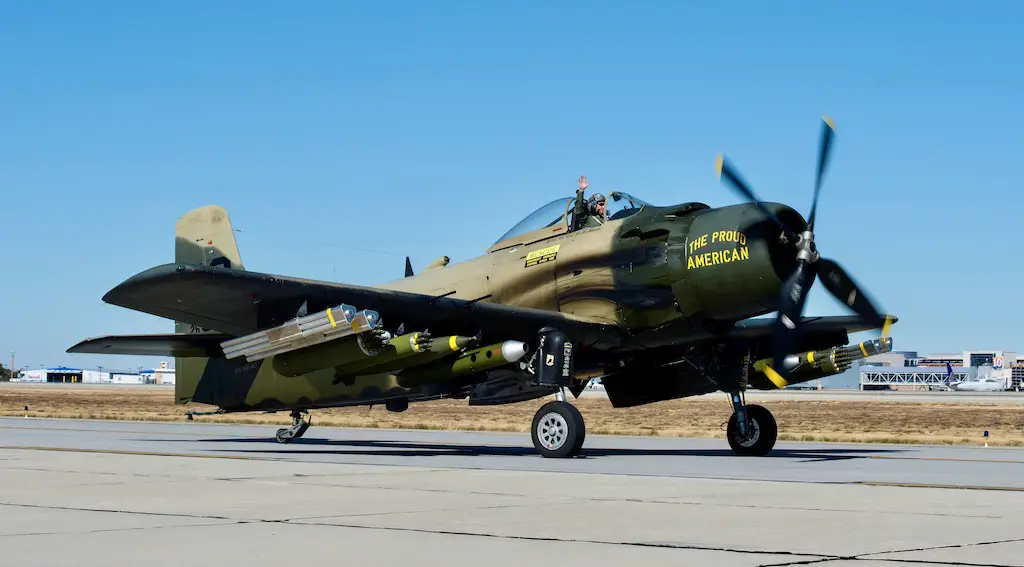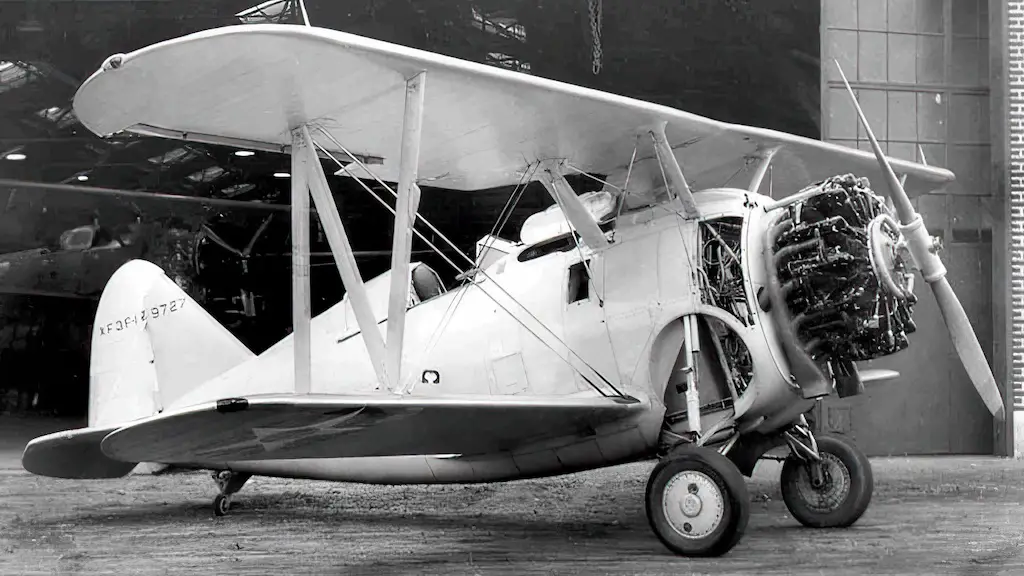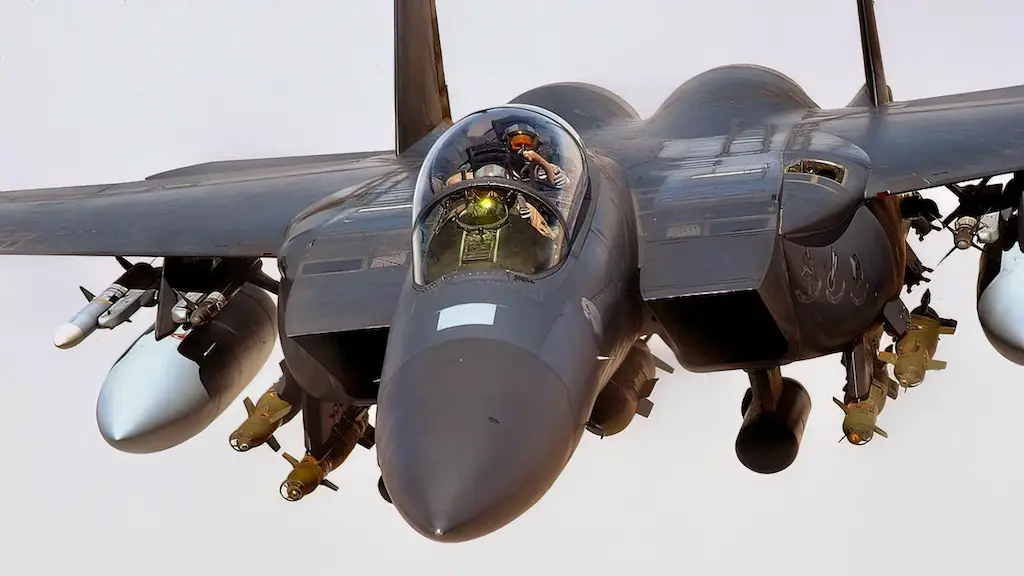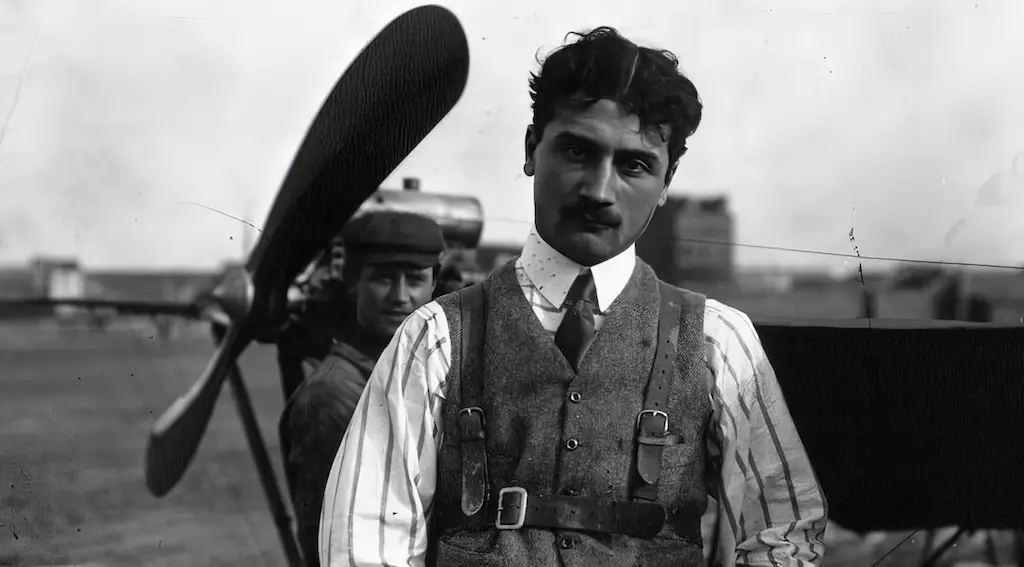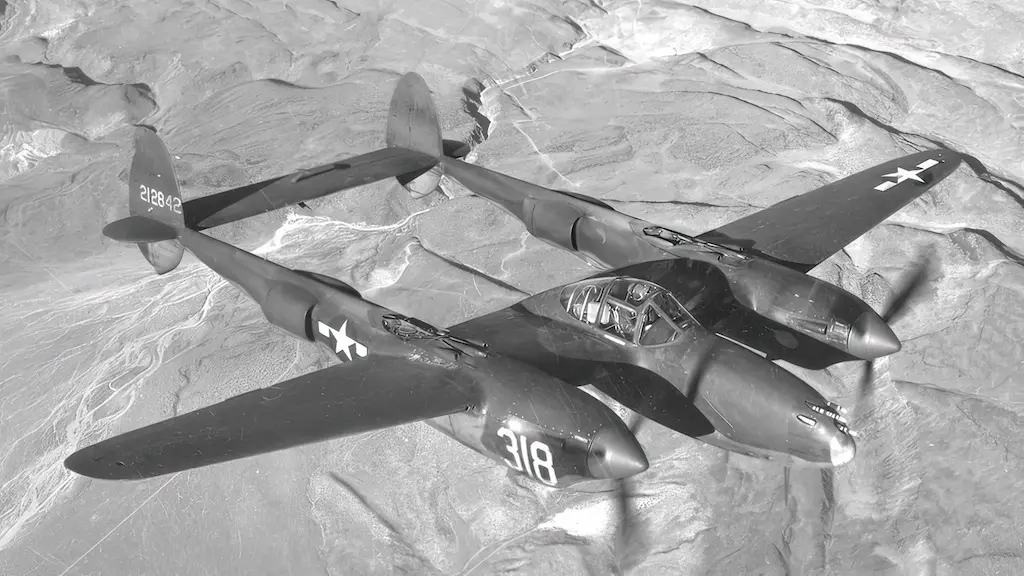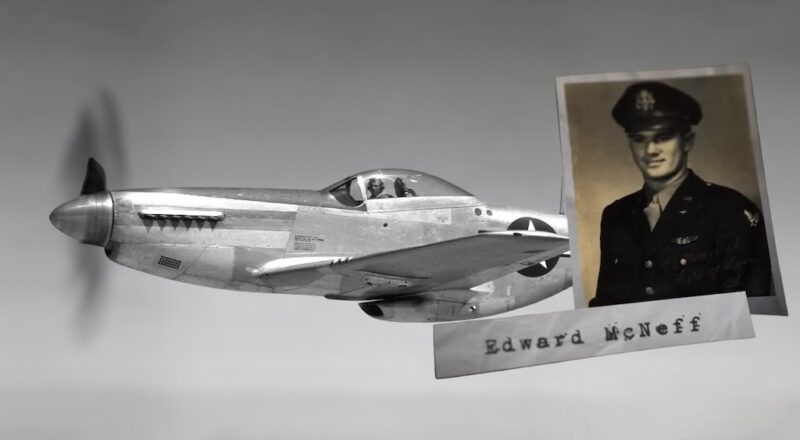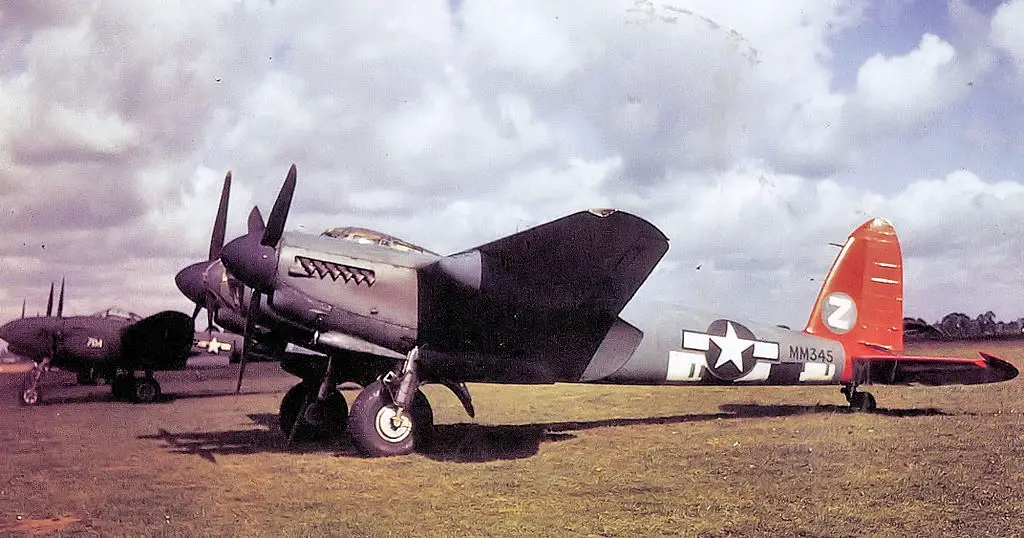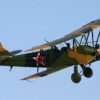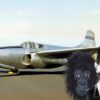A Wooden wonder
The Mosquito, also known as the “Wooden Wonder” or “Mossie,” was one of WWII’s most adaptable and successful aircraft. Originally conceived as an unarmed fast bomber, the Mosquito’s use evolved during the war into many roles, including low- to medium-altitude daytime tactical bomber, high-altitude night bomber, pathfinder, day or night fighter, fighter-bomber, intruder, maritime strike, and photo-reconnaissance aircraft.
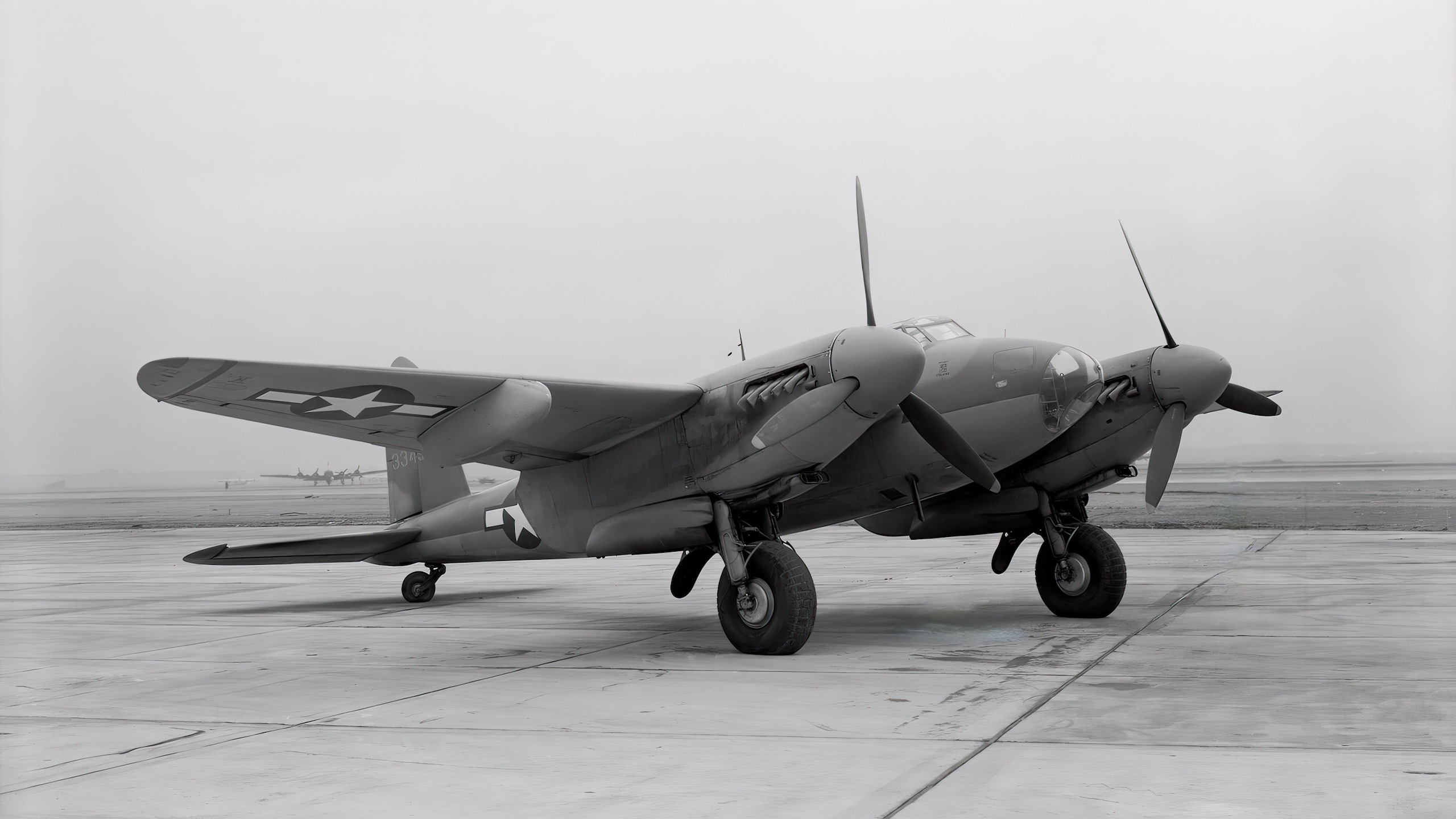
Speed and agility
Because of its speed and agility, the Mosquito was a challenging target for opposing fighters. Despite what was perceived as a weakness in its wooden build, the Mosquito proved to be a tough and dependable aircraft that could endure significant combat damage. It was a tremendous asset to the Allies because of its speed and adaptability, and it was essential to many of the war’s pivotal battles, such as the D-Day invasion and the Battle of Britain.
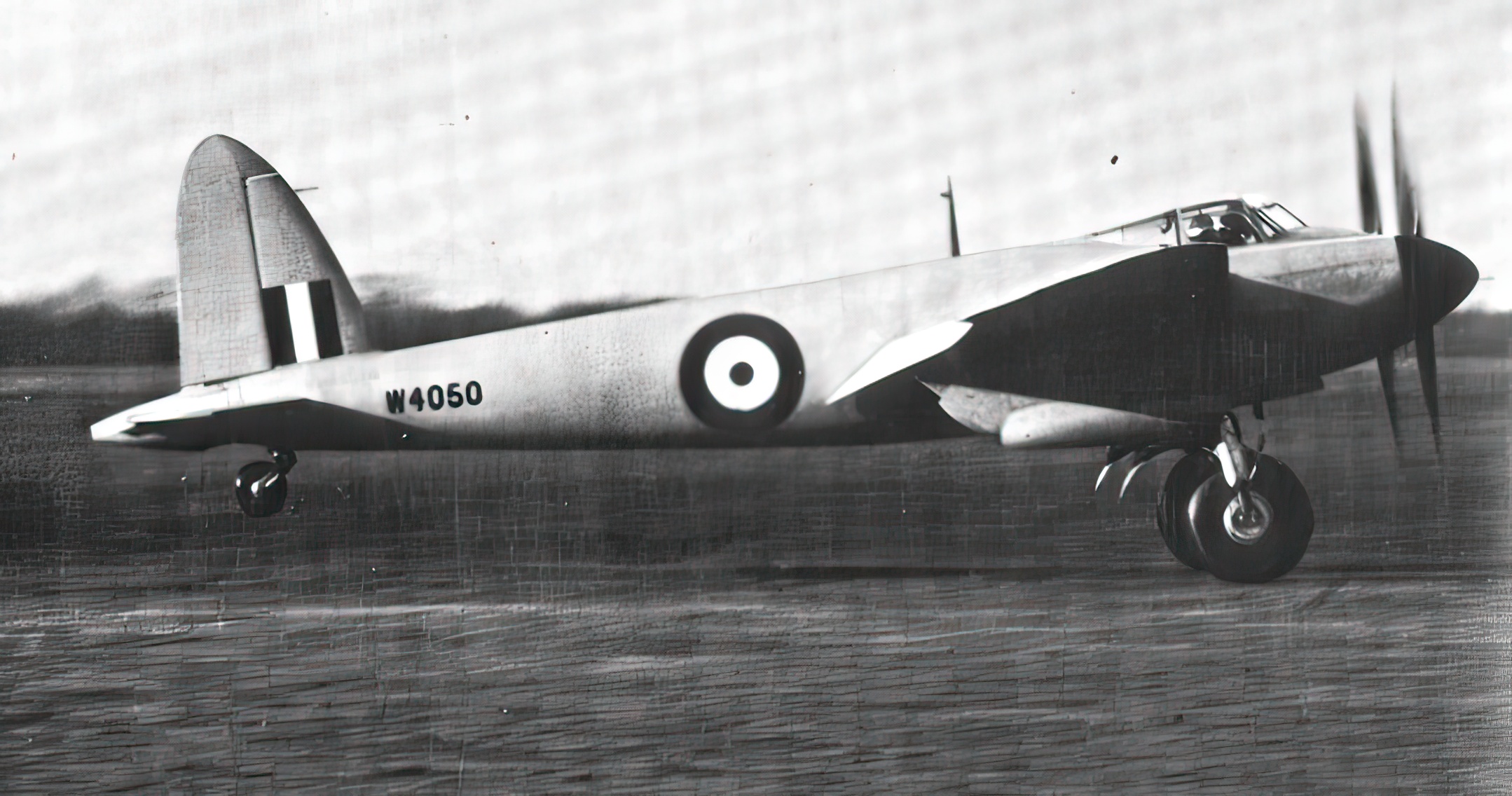
Seriously a wooden fighter?
During World War II, the British corporation de Havilland created the de Havilland Mosquito. R. J. Mitchell, the company’s main designer, started working on a plan for a quick, twin-engine aircraft made primarily of wood in 1938, which marked the beginning of the Mosquito’s development. The idea was for a bomber that could outpace adversary jets and finish tasks quickly and effectively.
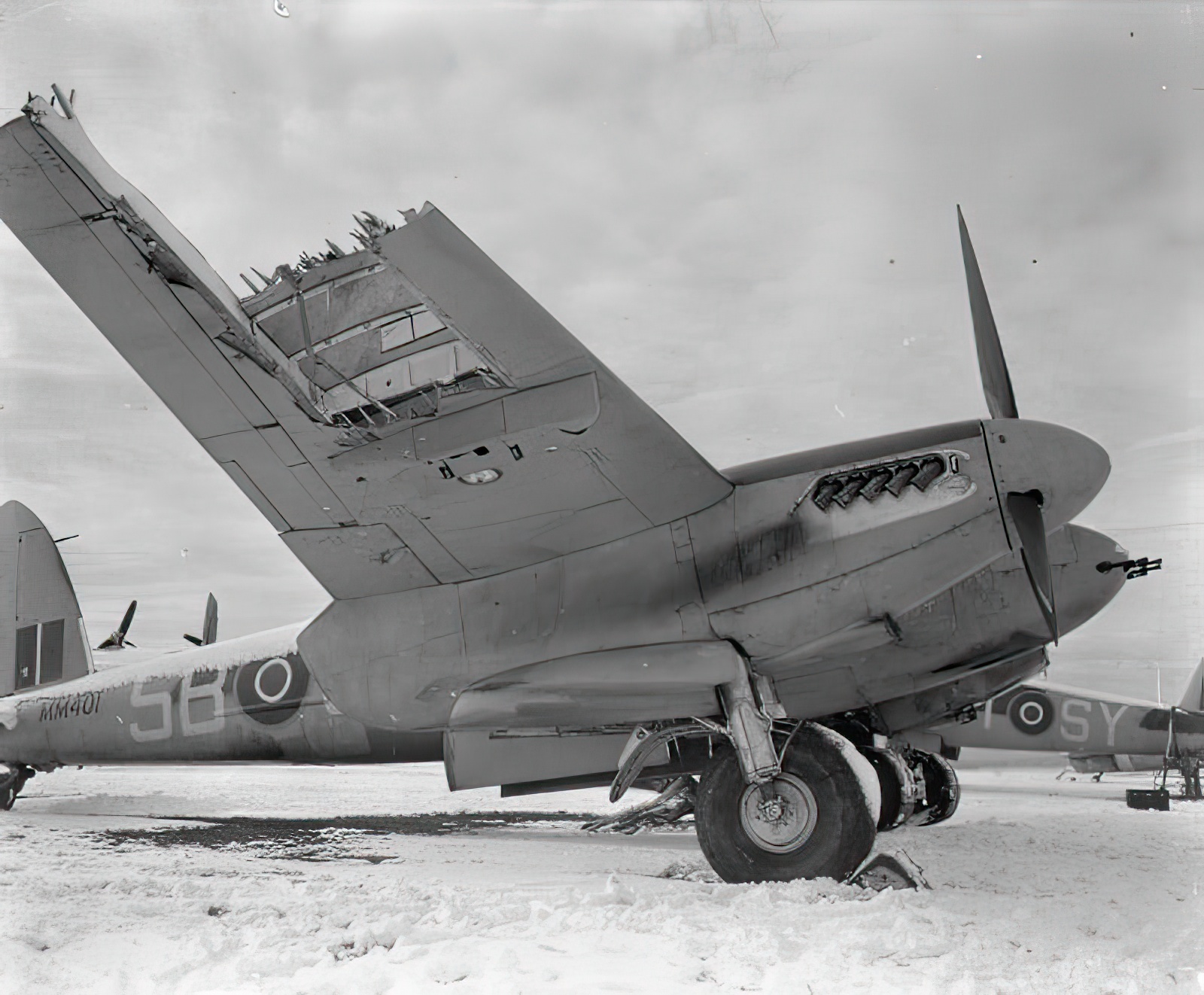
Construction
The oval-section fuselage was a frameless monocoque shell built in two vertically separate halves formed over a mahogany or concrete mould. Pressure was applied with band clamps. Some of the 1/2—3/4″ shell sandwich skins comprised 3/32″ birch three-ply outers, with 7/16″ cores of Ecuadorian balsa.
In many generally smaller but vital areas, such as around apertures and attachment zones, stronger timbers, including aircraft-quality spruce, replaced the balsa core. The main areas of the sandwich skin were only 0.55 in (14 mm) thick. Together with various forms of wood reinforcement, often of laminated construction, the sandwich skin gave great stiffness and torsional resistance. The separate fuselage halves speeded construction, permitting access by personnel working in parallel with others, as the work progressed.
Winging it
The all-wood wing pairs comprised a single structural unit throughout the wingspan, with no central longitudinal joint. Instead, the spars ran from wingtip to wingtip. There was a single continuous main spar and another continuous rear spar. Because of the combination of dihedral with the forward sweep of the trailing edges of the wings, this rear spar was one of the most complex units to laminate and to finish machining after the bonding and curing.
Famous battles
The RAF’s bombing campaign on Berlin, which attempted to stymie the German war effort, made extensive use of the Mosquito aircraft. These missions were perfect for the aircraft’s high speed and low altitude capabilities, making it an effective weapon against the Germans.
The Mosquito was also employed in the RAF’s bombing operation against the Ruhr Valley, a significant industrial hub in Germany, during the Battle of the Ruhr. The aircraft was a perfect fit for these missions because of its capacity to avoid enemy radar and anti-aircraft defenses, and it significantly impeded German war production.
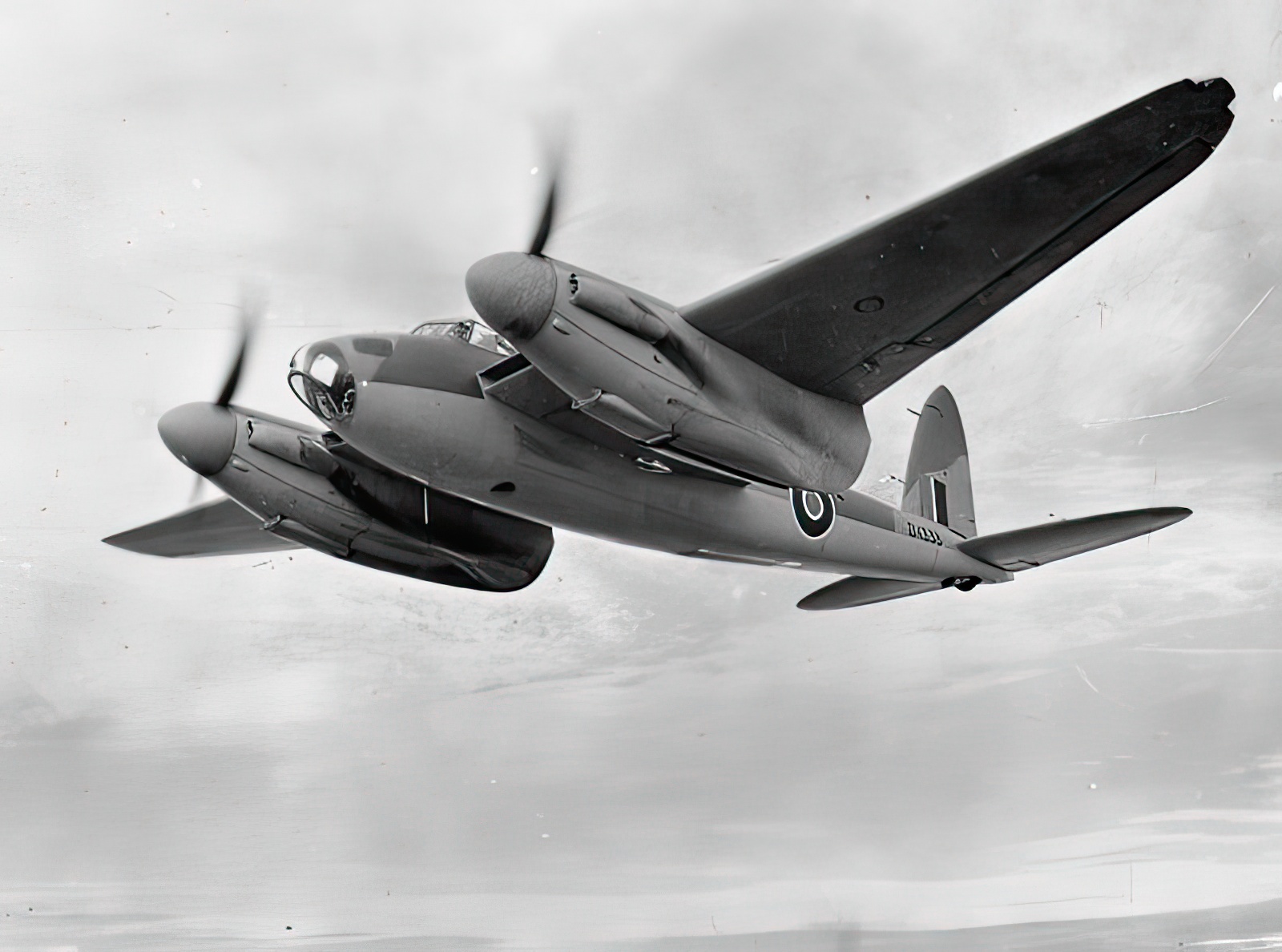
The Mosquito served various roles during the D-Day landings, including ground attack, reconnaissance, and pathfinding. The adaptability and speed of the aircraft made it a valuable asset during the invasion, which was crucial to the operation’s success.
The Story of Commander Guy Gibson
A bombing flight over Germany in 1943 gave rise to one of the de Havilland Mosquitos most well-known tales. Wing Commander Guy Gibson, commander of the prestigious No. 617 Squadron, was tasked to destroy a significant target in the center of Germany while flying a Mosquito. A heavily guarded power plant that was essential to Germany’s war effort was the target.
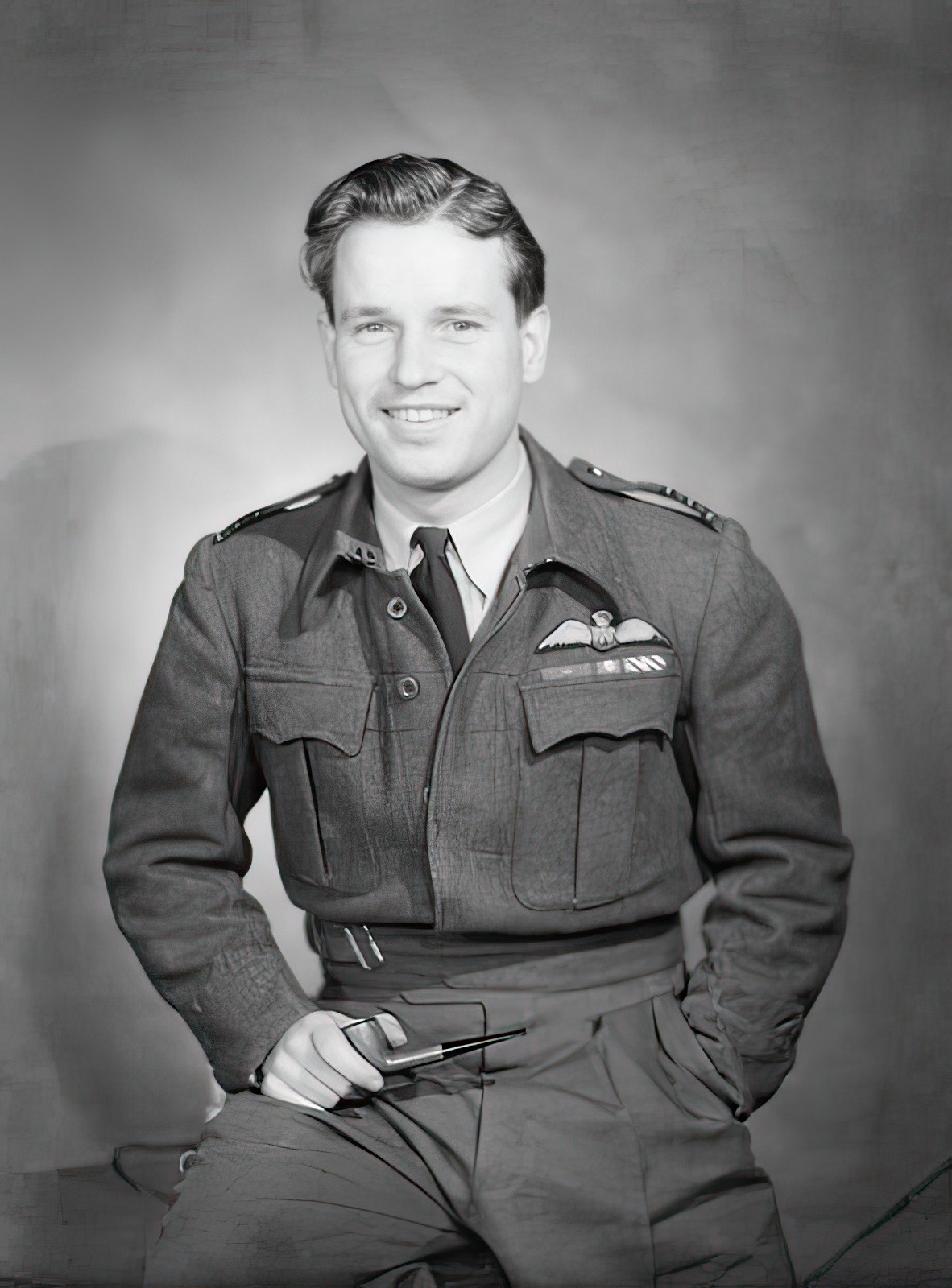
The Mosquito was confronted by an onslaught of enemy fighter aircraft and anti-aircraft fire as it approached the target. Gibson and his co-pilot persisted despite the fierce opposition, determined to finish their objective. When the Mosquito eventually arrived at the target and dropped a precision bombing run that destroyed the power station, it had flown low to avoid notice and avoided German fire.
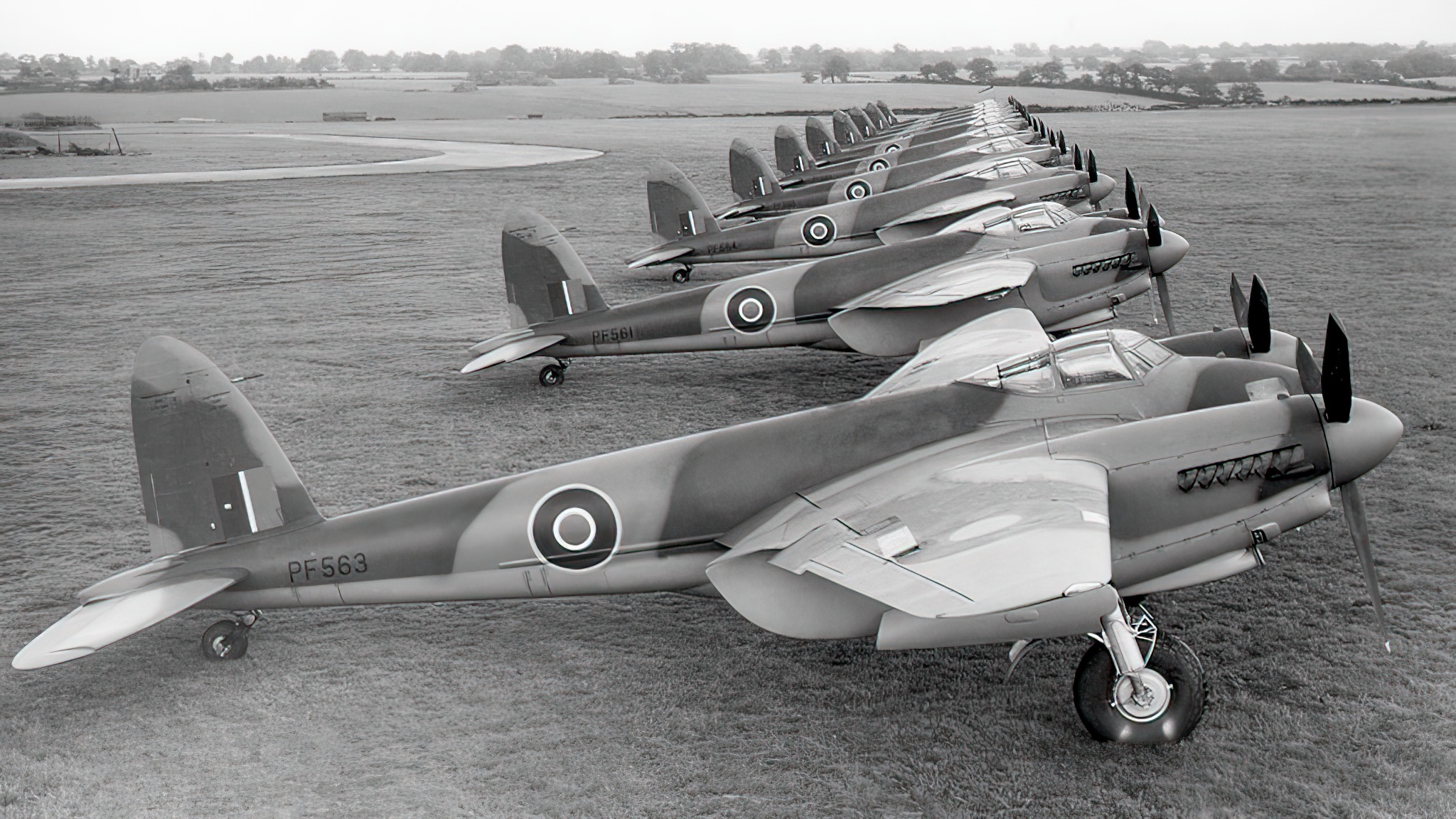
Even though the enemy put up a greater fight against Gibson and his co-pilot as they tried to flee, they were able to elude their pursuers and make it back to base thanks to their cunning and daring. Wing Commander Gibson received the Victoria Cross for his bravery and leadership during this mission, which was heralded as a major success for the Allies.
This incident is only one of many brave and valiant missions the de Havilland Mosquito completed during World War II. A significant part of aviation history, the aircraft’s services to the war effort will always be remembered for its incredible speed, adaptability, and capacity to dodge German defenses.
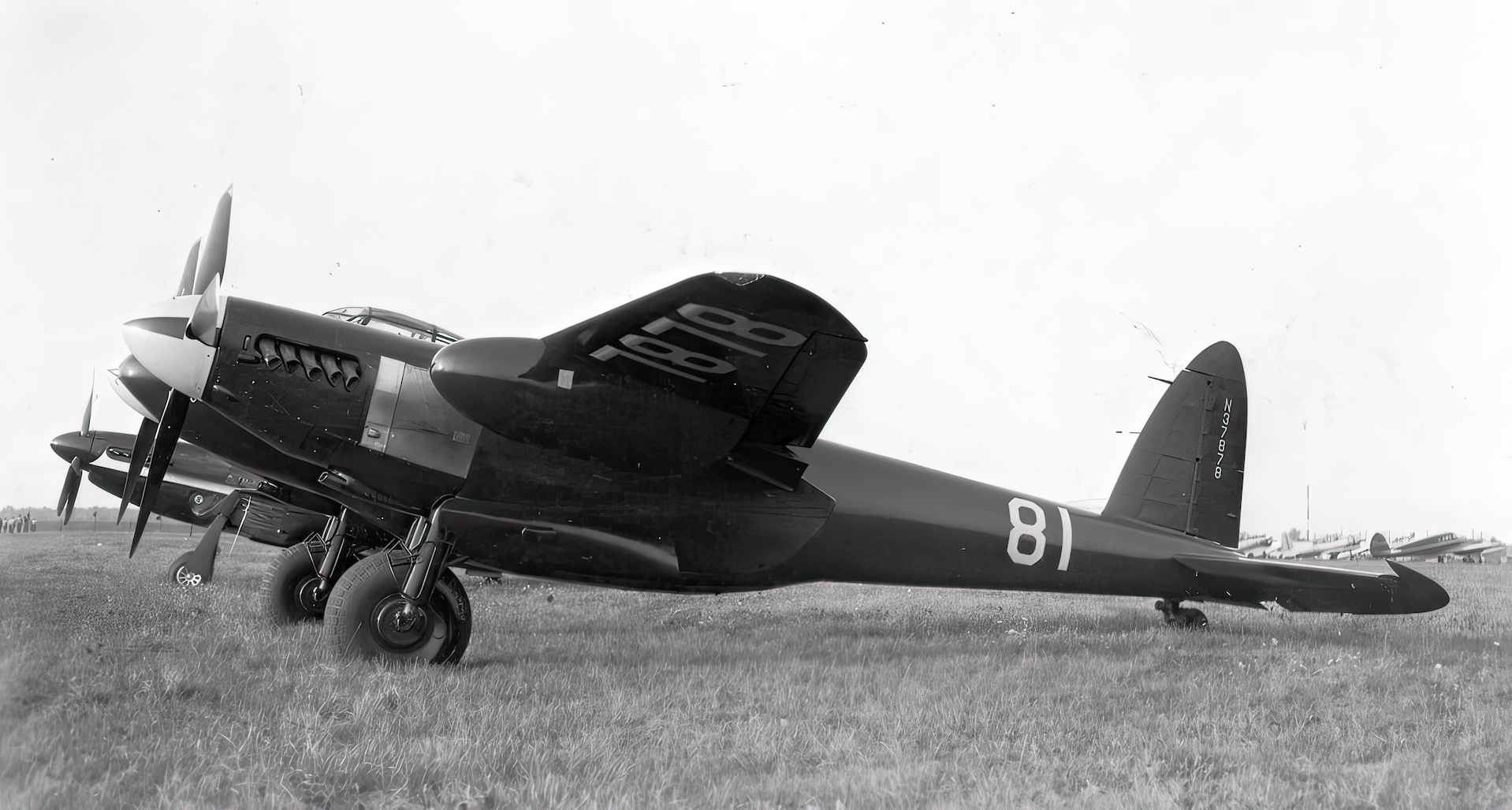
Retirement
After more than twenty years of continuous use, the de Havilland Mosquito was formally taken out of military service in the middle of the 1960s. Despite its advanced age, the Mosquito was nevertheless a useful asset to many air forces worldwide.
The Mosquito, however, lost relevance as new types of aircraft were developed and avionics and weaponry technology advanced. Air forces gradually phased out the aircraft and replaced it with more up-to-date designs, leading to its retirement.
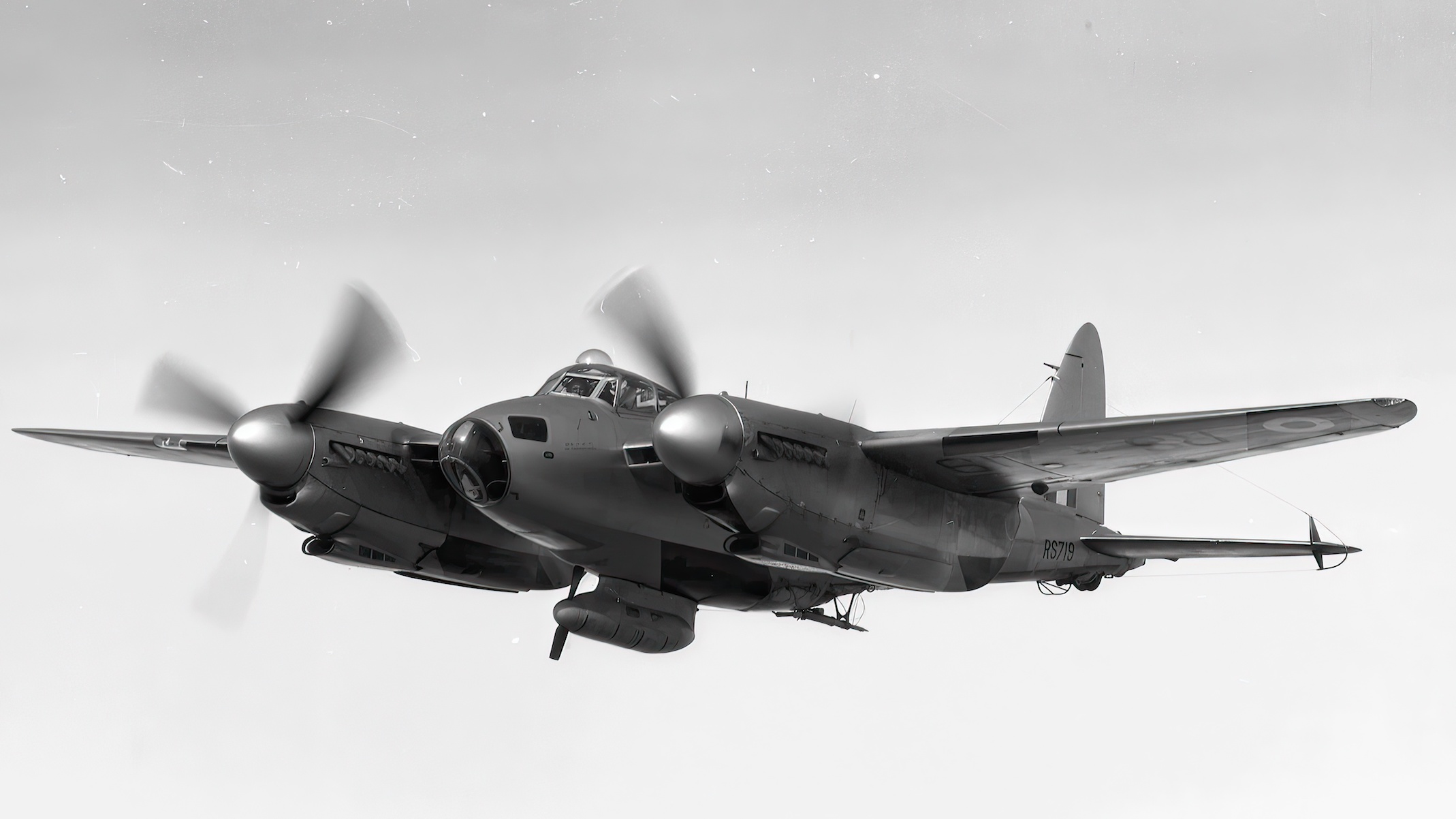
The de Havilland Mosquito is still regarded as one of the most outstanding aircraft of its era, even after it was retired. Its groundbreaking design and outstanding performance cemented its place in aviation history, and its services to the war effort served as a lasting tribute to its prowess and adaptability.

